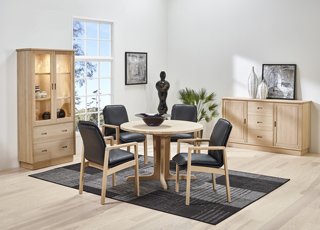Color theories: Color wheel for designers

We understand that picking a color scheme may be difficult, but what if we told you there was a foolproof approach to come up with a color scheme that's not only pleasing to the eye but also one you'll like living with? The key is to grasp how to use the color wheel to develop winning color combinations.
The color wheel is structured to display how colors naturally interact, blend, and contrast, based on scientific color principles. It comes in 12 different hues and three different categories: primary, secondary, and tertiary. Red, yellow and blue are the primary colors. These three hues are the foundation for all other colors.
The secondary colors (orange, green, and violet) are generated by combining two primaries and placed between each color on the color wheel.
Mixing the primary color with a secondary color adjacent to it creates tertiary colors. Yellow-orange, red-orange, red-violet, blue-violet, blue-green, and yellow-green are the colors involved.
The color wheel is an essential decorating tool as long as you know how to use it. Below are presented the most popular color schemes created by using the color wheel.

Monotone colors
Using a monochromatic palette may give you a very polished aesthetic.
Monochromatic color schemes are derived from a single base hue and extended shades, tones and tints. Tints are achieved by adding white, and shades and tones by adding a darker color, gray or black.

Analogous Colors
If you like the simplicity of the monochromatic color combination but want more interest, the analogous colors are for you. It’s as simple as partnering two to three colors that are side by side on the wheel.
One of the most popular analogous color combinations is blue and green.

Complementary Colors
As they say, ‘opposites attract. Choosing two complementary colors creates a high-contrast color scheme that will add an energetic tool. It’s also a pretty simple way of using it. All that is needed is to pair two colors from opposite sides of the color wheel, like red with green or blue with orange.

Triad Color Scheme
If you are looking for something riskier, a triad color scheme consists of any three colors evenly spaced on the wheel. This color scheme creates a vivid contrast but still is balanced, so it feels a little less intense than a complementary color scheme. If you really want to be adventurous, use saturated versions of all three colors, or soften the colors and incorporate plenty of neutrals.





